2020 Mercedes-Benz EQV: Who Needs an Electric Luxury Van?

It would appear that nobody notified Mercedes-Benz that the minivan segment is shrinking faster than male genitals dunked into icy water. Fortunately, while large MPV sales similarly dwindled in Europe by around 30 percent last year, there may be enough positive heat on vans and electric vehicles leftover for the manufacturer to try and bundle both into one package. Enter the Mercedes-Benz EQV — the next arrival for the EQ sub-brand and first non-commercial, electric luxury van offered by an established automaker. Sounds like a niche market.
While not officially scheduled to debut until next month’s Frankfurt Motor Show, the EQV has already been teased as a near-production prototype at the 2019 Geneva Motor Show. Daimler’s also felt comfortable enough to showcase the finished vehicle online, saving a handful of details for the German trade show.
Essentially a battery electric version of the V-Class van, the EQV shares telltale signs of Mercedes’ other EQ-branded autos — like a blackened grille. However, the biggest changes are found beneath the sheet metal. Positioned at the front of the EQV, customers will find an electric motor, cooling system, and a fixed-gear transmission. In lieu of a fuel tank, there’s a 90-kWh lithium-ion battery embedded beneath the floor.
According to Mercedes, the setup is good for about 204 horsepower, 267 foot-pounds, and 250 miles of electric driving range (using WLTP standards… so less than that). As with many modern EVs, the van comes with a driver-controlled regenerative braking system; motorists can adjust the settings via paddle controls. Maxed out, Daimler claims the system will allow for one-pedal driving.
The van also has an “Eco Assistant” that will update settings on the fly to maximize range based on pre-existing navigational data. Equipped with the latest version of MBUX with EV-specific features, the EQV is also supposed to possess a helpful digital helper who responds to voice commands.
While the standard EQV will come standard with seating for six, alternative configurations will allow room for up to eight occupants. Passengers will no doubt be pleased with the number of ways to adjust seats, but they might miss some of the interior accenting done to set the model apart from the gas-powered V-Class. We’d probably have overlooked the rose gold embellishments ourselves had Benz not mentioned it specifically.
The rest is a mystery for now, including exactly where Daimler intends to sell the model. Europe is a given and we’d wager China is also on the delivery docket — what other market wants an EV with rose gold accenting? But North America seems highly unlikely. Despite MB assuring us that the model can serve as both a high-end family hauler and commercial vehicle, the United States has little use for either as EVs.
We should know more next month when the EQV officially debuts alongside a new EQ concept in Frankfurt. An assembly date has yet to be announced, though production will take place in northern Spain on the same line that builds the current V-Class and Vito.
[Images: Daimler]

A staunch consumer advocate tracking industry trends and regulation. Before joining TTAC, Matt spent a decade working for marketing and research firms based in NYC. Clients included several of the world’s largest automakers, global tire brands, and aftermarket part suppliers. Dissatisfied with the corporate world and resentful of having to wear suits everyday, he pivoted to writing about cars. Since then, that man has become an ardent supporter of the right-to-repair movement, been interviewed on the auto industry by national radio broadcasts, driven more rental cars than anyone ever should, participated in amateur rallying events, and received the requisite minimum training as sanctioned by the SCCA. Handy with a wrench, Matt grew up surrounded by Detroit auto workers and managed to get a pizza delivery job before he was legally eligible. He later found himself driving box trucks through Manhattan, guaranteeing future sympathy for actual truckers. He continues to conduct research pertaining to the automotive sector as an independent contractor and has since moved back to his native Michigan, closer to where the cars are born. A contrarian, Matt claims to prefer understeer — stating that front and all-wheel drive vehicles cater best to his driving style.
More by Matt Posky
Latest Car Reviews
Read moreLatest Product Reviews
Read moreRecent Comments
- Bd2 Hyundai's designs are indeed among the most innovative and their battery technologies should allow class leading fuel consumption. Smartstream hybrids are extremely reliable.
- 28-Cars-Later So now H/K motors will last longer in between scheduled replacements. Wow, actual progress.
- AZFelix I have always wondered if the poor ability of Tesla cars in detecting children was due to their using camera only systems. Optical geometry explains that a child half the height of an adult seems to have the same height as that same adult standing twice as far away from the viewer.
- 28-Cars-Later Actually pretty appealing (apparently I'm doing this now). On a similar note, a friend of mine had a difficult situation with a tenant which led to eviction and apparently the tenant has abandoned a 2007 Jag S-Type with unknown miles in the garage so he called me for an opinion. Before checking I said $2-3 max, low and behold I'm just that good with the 3.0L clocking in at $2,3 on average (oddly the 4.2 V8 version only pulls $2,9ish) and S-Types after MY05 are supposedly decent.
- DO I have owned a 2012 LR4 since day one and it has been the best vehicle I have ever had the pleasure of having in the garage. I know how easy it is to hate on Land Rover but this LR4 is comfortable, has a ton of storage room and is so versatile. With 110k miles, mine is now relegated to ‘other’ car use but is still the go to for off road adventures and snow runs. Nice to see one featured here - I think they are so underrated.



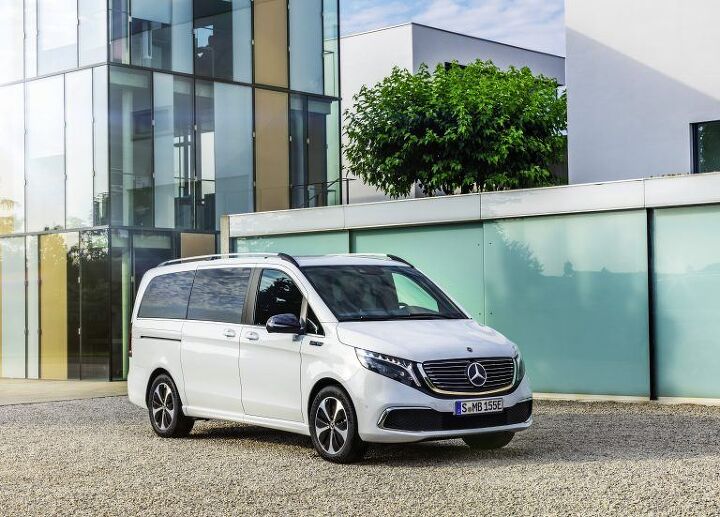



















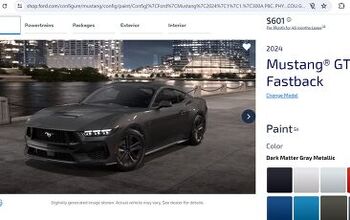
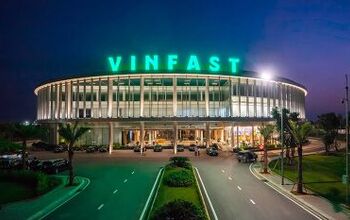
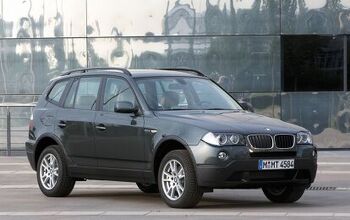
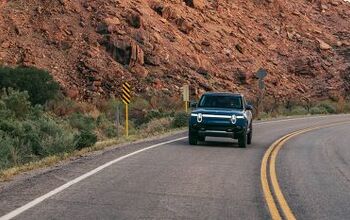
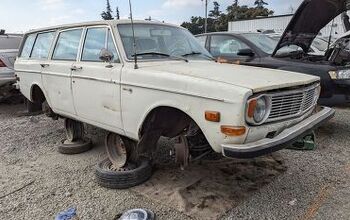
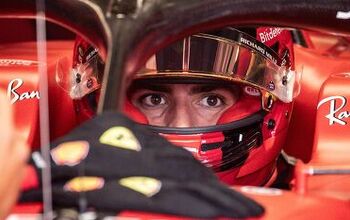
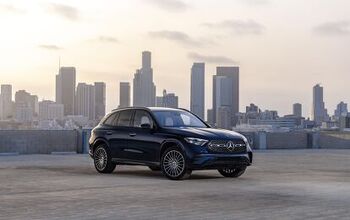
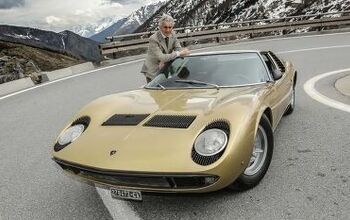
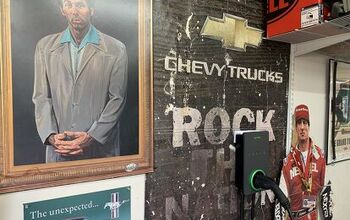
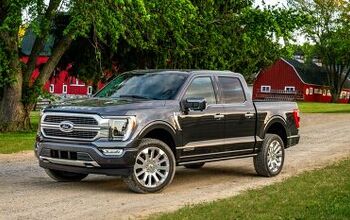
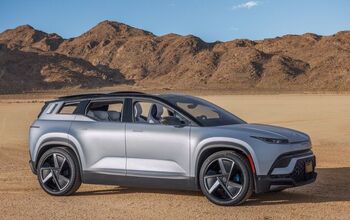
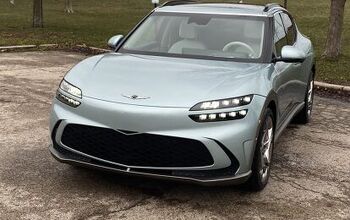
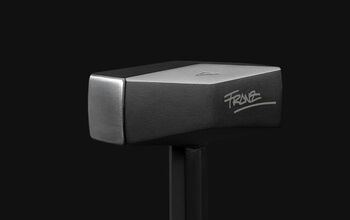
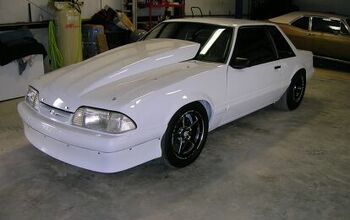
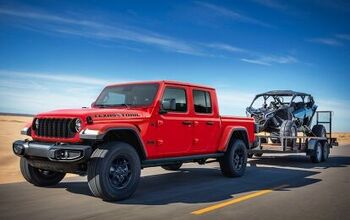
Comments
Join the conversation
It is a car that nobody asked for, I doubt that Daimler will sell many of these to well-off families. It will, however, probably be purchased en masse by commercial fleets. The V-Klasse is already very popular with taxi and various business and shuttle service fleets, and those run on Diesel. My best guess and the most likely scenario is that this EV van exists solely to lower the fleet CO2 emissions. The customers will be hotel fleets and the aforementioned commercial sector fleets who will put these cars to good use for short inner-city or city-to-airport-and-back trips, all the while rejoicing in the fact that their non-existent exhaust pipe is not blowing out any CO2. No, that’s happening at the brown coal power plant across from the hotel which produced the energy that is now being stored in the EQVs batteries.
Yeah, China. I went to Suzhou to help do some setup for a wealthy client and he had me shuttled around in an MB van of some description; this would have been perfect for that use. Not sure how many guys like that there are, but China is pretty big, so that market alone might be enough to justify the cost of development given that the basics were going to be engineered anyway.